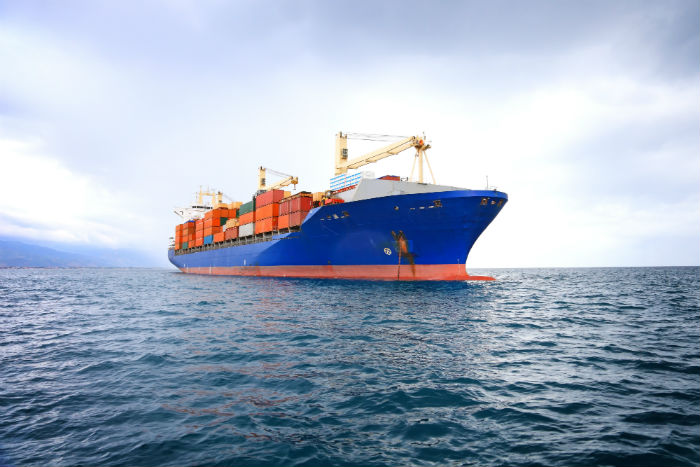Gary Byers, head of marine at Certas Energy, examines marine fuel price trends in 2015 and whether the industry jumped the gun on reacting to the 2015 regulations
May 2015
Fuel costs are responsible for the majority of shipping expenses, which is why at the start of 2015, the marine world prepared to be rocked by the SECA (Sulphur Emission Control Area) regulations coming into force.
Before November 2014, industry experts were predicting huge and sudden increases in shipping prices due to the IMO-enforced switchover to more expensive ECA-compliant low sulphur fuel.
In written evidence to the UK Commons Select Transport Committee, P&O Ferries warned that the economic impact of the regulations would be massive – increasing the cost of bunker fuel by probably 70 per cent –90 per cent for ships operating in the Emission Control Areas.
However, as it turns out, these fears, although based on facts and solid data, weren’t realised, as OPEC flooded its market causing the price of crude oil to plunge to a five-year low.
This turn of events somewhat mitigated the expected impact on marine fuel costs, giving the shipping world room to breathe, prepare and adapt as the regulations came into effect.
Worldwide energy levels across many industries were hit hard by the extraordinarily sudden drop in oil prices; however the transition to IMO compliant fuels has been made tremendously easier for shipping operators.
At Certas Energy, we have seen a notable upsurge in customer enquiries and orders for distillate fuels such as MGO, which is why we’re investing in extra storage at numerous locations around the UK. Our new facility in the Port of Tyne, for example, is offering North Sea marine traffic low sulphur MGO via pipeline and truck methods.
We believe this is a sign of things to come in 2015/16 and we still expect to see a steady shift away from heavy marine fuels in favour of increased uptake of MGO and distillate fuels. As the price of crude has stabilised throughout the last few weeks, we’ll also be expecting marine fuel prices to reflect this, gradually returning to a higher price point.
As the dust from SECA settles and the price of fuel slowly but surely begins to rise, it seems the shipping world has come out somewhat unscathed. It now falls on fuel suppliers to present the industry with greater bunkering and fuel type options to support them through the remainder of the transition period.








